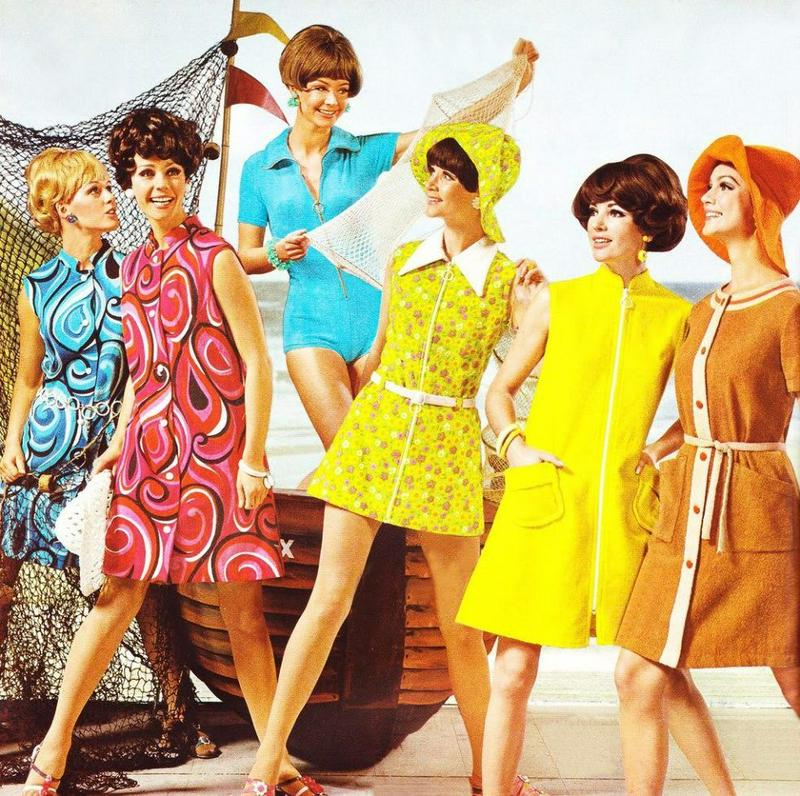Fashion Mistakes in the 1960s
By | July 17, 2021


Bell Bottoms
This one is a bit controversial, as some do think that that the bell bottom is figure-flattering. And perhaps, they could help you if you are worried about getting out of wet pants without taking off your shoes, as sailors the War of 1812 knew (and there was a record of them being used for that purpose). Bell bottoms were part of the U.S. Navy uniform until 1998. They became part of the fashion world in the 1920s with Coco Chanel and found their groove with the hippies in the ‘60s before the mainstream embraced them in the 1970s.

Lime Green And Other Colors
The color choices during this time were…interesting. And you can use them a bit like carbon-dating; I can figure out the last time a kitchen was renovated based on the colors of the appliances. One of the worst colors for fashion was probably lime green. It doesn’t seem to be a flattering color for anyone. Along the same line is the neon mini-skirt. The mini-skirt itself is not so problematic, but the color, in a time period when people were looking towards natural colors, raises some questions about fashion sense.

Vinyl Clothing
Not sure who thought wearing shiny, sticky clothing was a good idea. In addition to being hot, it doesn’t look comfortable to move in. And it seems like it would be a bit noisy as well. Metallic clothing was another hot, impractical fashion mistake. Speaking of impractical clothing, wearing a circle chain belt seemed like an invitation to get caught on just about everything. As a side note, during this time people were also envisioning the use of paper clothing as a more ecological friendly idea. While more environmentally friendly clothing is a good thing, dressing in paper just seems a bit impractical.

Patterned Tights
Tights served a noble purpose in the 1960s: to cover up any sort of blemish or unsightly feature. But some of the patterns were a little too much; honestly, some of the patterns on other articles of clothing were over the top as well.

Futuristic Fashion
Pierre Cardin was one of the designers at the forefront of futuristic fashion, envisioning what people would eventually be wearing. It’s fun to look back at this time period to see what they imagined the future would look like, but luckily some of their predictions about future fashion just didn’t pan out.


Baby Doll Dresses
Again, this one might be a bit controversial. However, not only were they not flattering, there’s something a little bit unnerving about an adult choosing to dress like a little girl. The style has its root around the turn of the century with the empire waist as a rejection of the corsets of the past. In the ‘60s, it was embraced by the mod culture. It did make a later comeback with Courtney Love as a representation of subversion.

Tie-Dye
Don't get me wrong; I think some tie-dyes are beautiful. Tie-dye was not invented in the ‘60s, although the term was. In fact, the process dates back to 5th century China, and the earliest surviving examples from Peru are from 500 to 810 AD. These early examples are designed with small lines and circles and like modern examples, use bright colors such as red, yellow, blue, and green.
While there is nothing particularly offensive about tie-dye in the ‘60s, when everything you wear looks like it was created during summer camp, perhaps it is time to rethink your fashion choices.
